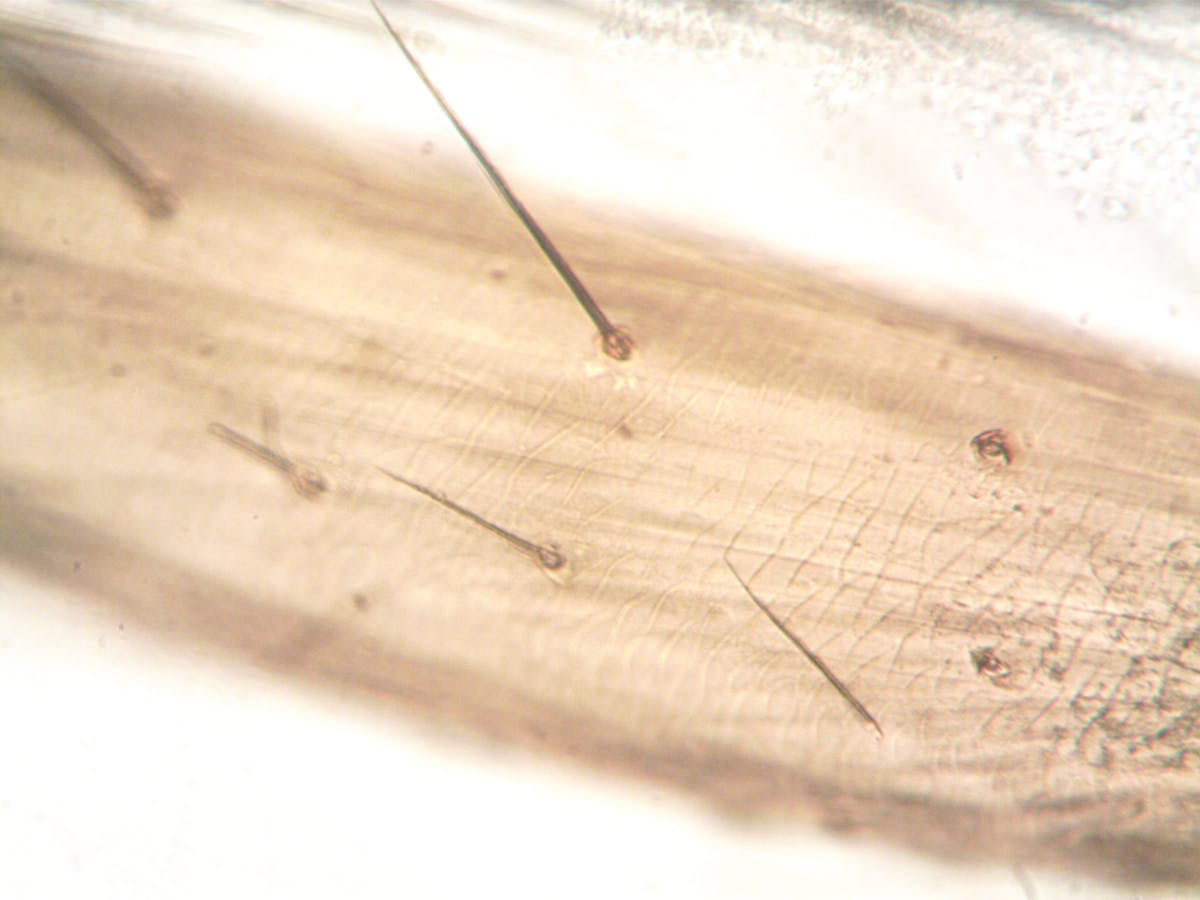A significant paleontological discovery has highlighted Britain as scientists have pinpointed a newly identified dinosaur species, distinguished by its unique sail-like feature on its back. This find not only contributes to the area’s extensive prehistoric record but also provides fresh perspectives on the diversity and adaptability of dinosaurs during the initial phases of their evolution.
The fossil remains, unearthed in a sediment-rich formation, suggest that this species lived millions of years ago in what was then a warm and humid environment. Scientists believe the prominent sail running along its spine could have served multiple purposes. While its exact function is still debated, leading hypotheses include thermoregulation, display for attracting mates, or a means of intimidating rivals. This feature makes the dinosaur stand out among other known species from the same era.
Detailed analysis of the skeletal fragments indicates the creature was a medium-sized predator, relying on agility and keen hunting instincts. The discovery also provides valuable data on how such dinosaurs adapted to their ecosystems, shedding light on their survival strategies. The fossil record continues to reveal surprising evolutionary traits, suggesting that these prehistoric animals were far more diverse in appearance and behavior than previously understood.
Experts are now working on reconstructing the dinosaur’s full appearance using advanced imaging and modeling techniques. These reconstructions will help paleontologists better understand the creature’s anatomy and its place in the evolutionary timeline. The findings are also prompting comparisons with similar species found in other parts of the world, offering clues about how continental shifts and climate conditions influenced dinosaur evolution.
Este avance subraya la importancia de Gran Bretaña como un lugar crucial para la investigación paleontológica. A lo largo de los años, la región ha proporcionado numerosos fósiles significativos, ayudando a los científicos a ensamblar el rompecabezas global de la vida prehistórica. Con esta nueva especie, los investigadores recuerdan que el antiguo pasado de la Tierra todavía guarda innumerables secretos por descubrir.
As research continues on this dinosaur with a distinctive sail on its back, the scientific community looks forward to unveiling more information regarding its way of life, behavior, and its part in the ancient ecosystem. These findings not only broaden our comprehension of the distant past but also improve our insight into biodiversity and adaptation over millions of years.



